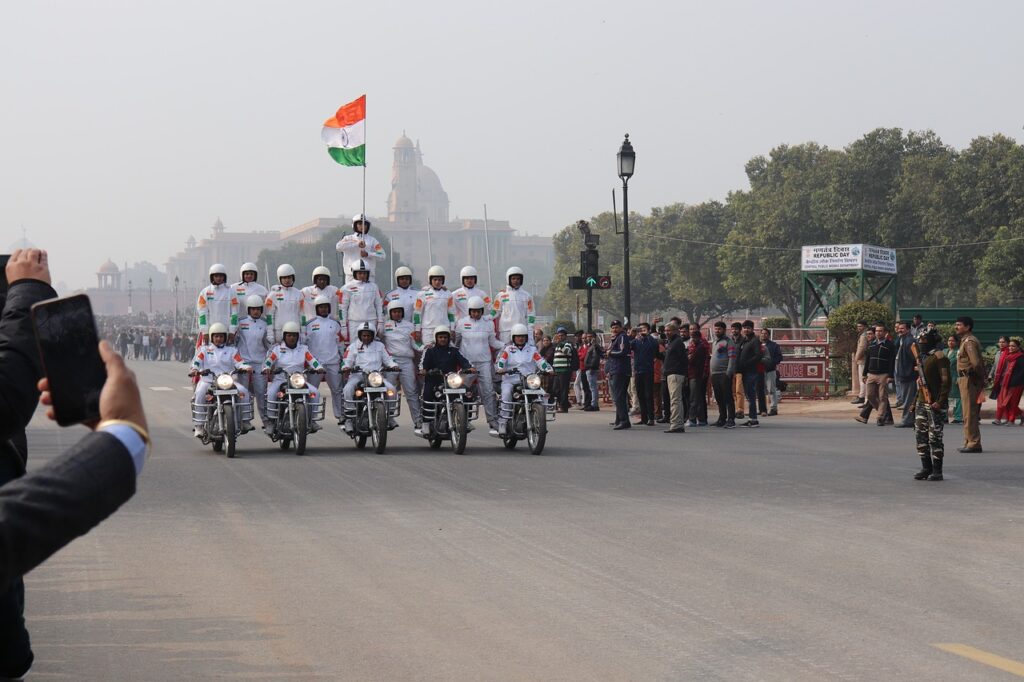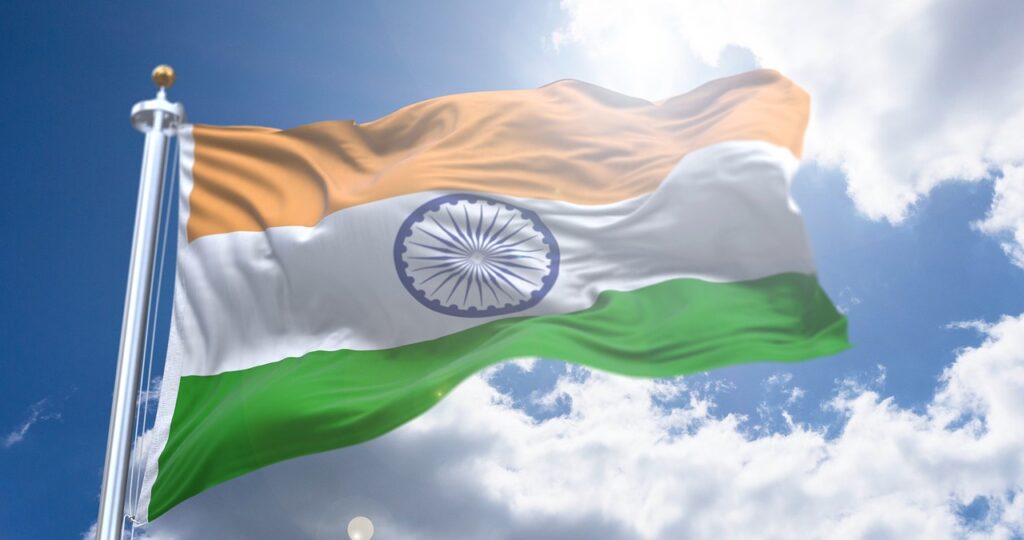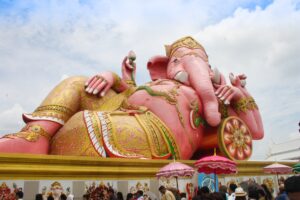10 Facts About India’s Road to Independence

India celebrates 77th Independence Day on 15th August 2023
India’s journey to independence was a monumental struggle that spanned decades and involved the relentless efforts of countless individuals. The story of India’s fight against British colonial rule is a testament to the resilience, determination, and unity of its people. Here are 10 fascinating facts that provide insight into the complexities of India’s fight for freedom.
The First War of Independence (1857)
Commonly known as the Sepoy Mutiny or the Indian Rebellion of 1857, this marked one of the earliest organized attempts by Indians to gain independence from British rule. Although it was suppressed, it sowed the seeds of resistance and inspired future generations of freedom fighters.
Role of Non-Violence
Mahatma Gandhi’s philosophy of non-violence (ahimsa) became the cornerstone of India’s struggle for independence. Through civil disobedience, satyagraha (truth force), and peaceful protests, Gandhi and his followers demonstrated the power of passive resistance in achieving political change.
Salt March (1930)
In one of the most iconic acts of civil disobedience, Gandhi led the Salt March to protest the British monopoly on salt production. The 240-mile journey from Sabarmati Ashram to Dandi Beach symbolized the defiance against unjust British laws and taxes.
Rani of Jhansi
Rani Lakshmibai of Jhansi, often referred to as the “Joan of Arc of India,” played a significant role in the 1857 uprising. Her bravery and leadership in the battlefield have made her a symbol of resistance against foreign rule.
Role of Youth
Young revolutionaries like Bhagat Singh, Chandrashekhar Azad, and Subhas Chandra Bose injected fresh energy into the freedom struggle. Their daring actions, like the Kakori Train Robbery and the formation of the Indian National Army, challenged British authority.
Quit India Movement (1942)
A turning point in the struggle, the Quit India Movement was a mass protest demanding an end to British rule. Led by Mahatma Gandhi, it resulted in widespread arrests and marked a crucial stage in India’s path toward independence.
Role of Women
Women played a pivotal but often under-recognized role in the freedom movement. Icons like Sarojini Naidu, Annie Besant, and Kamala Nehru actively participated in the struggle, proving that gender was not a barrier to political activism.
Mountbatten Plan and Partition (1947)
The Mountbatten Plan, proposed by Lord Mountbatten, outlined the partition of British India into two separate nations, India and Pakistan. The plan led to the tragic events of communal violence and displacement during the Partition, which coincided with India’s independence.
Midnight’s Freedom
August 15, 1947, marked India’s official independence. However, due to the intricacies of time zones, India became independent a day earlier than expected. As a result, the historical events unfolded at the stroke of midnight on August 14th for certain regions.

Unity in Diversity
The freedom struggle united people from diverse backgrounds, languages, and religions under a single banner. The idea of a united India, free from colonial oppression, fostered a sense of national identity that transcended regional differences.
India’s journey to independence is a tapestry woven with courage, sacrifice, and unwavering determination. These 10 intriguing facts offer a glimpse into the complexity of the struggle, highlighting the varied and interconnected efforts that eventually led to India breaking free from British colonial rule. The story of India’s independence remains a source of inspiration for nations across the world.







